Nine facts about Sir David Attenborough as he turns ninety-nine
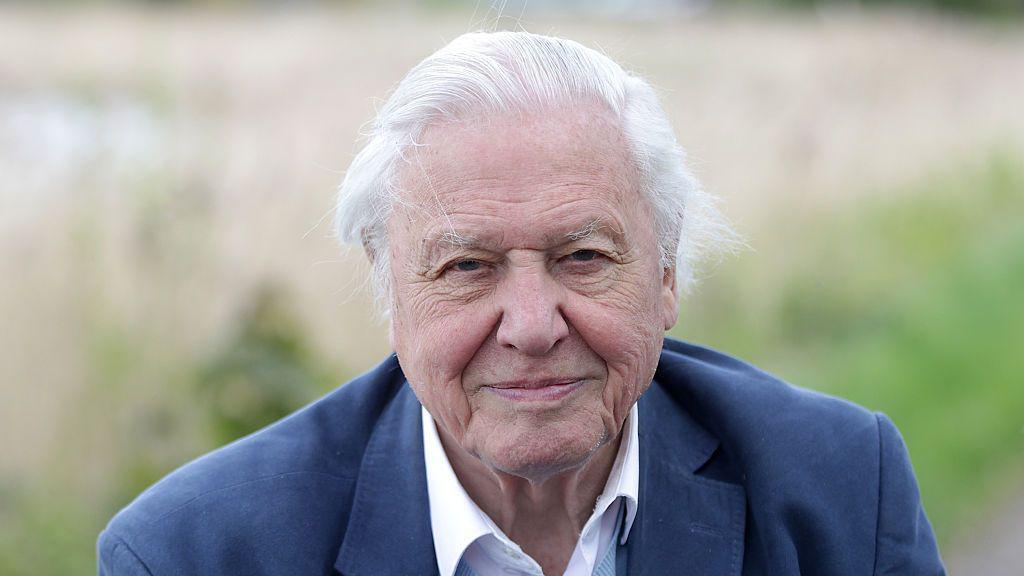
- Published
A big happy birthday to Sir David Attenborough who turns 99 on 8 May.
The broadcaster and naturalist first appeared on our screens more than 70 years ago.
He has had a huge impact on the natural world and has played a significant role in inspiring the next generations of conservationists.
Let's take a look at some top facts you might not know about Sir David.
More like this
What is Sir David Attenborough up to at the Natural History Museum?
- Published25 April
The creatures named after Sir David Attenborough
- Published6 March 2024
Sir David Attenborough named Champion of the Earth
- Published22 April 2022
He first appeared on TV in 1954
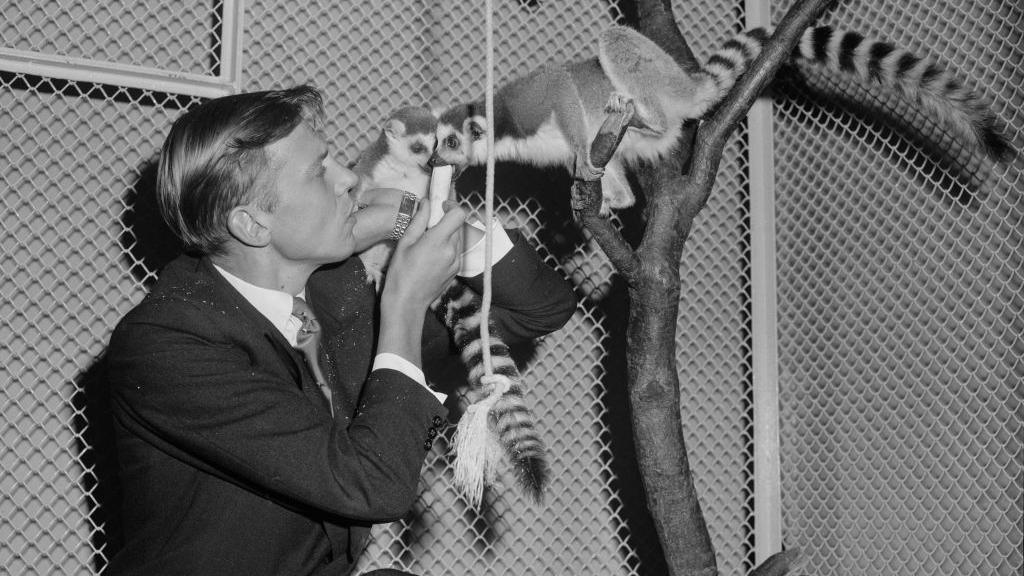
Over the past seven decades, Sir David has hosted many different series looking at the natural world, but where did it all begin?
After starting his career at the BBC, he presented a programme in 1954 called Zoo Quest.
It involved filming animals in captivity and in the wild and launched Sir David's career as a wildlife presenter.
The series brought rare animals - including chimpanzees, pythons and birds of paradise - into living rooms around the UK.
It was considered the most popular wildlife program of its time and proved that wildlife programmes could attract big audiences.
He helped bring colour TV to the UK
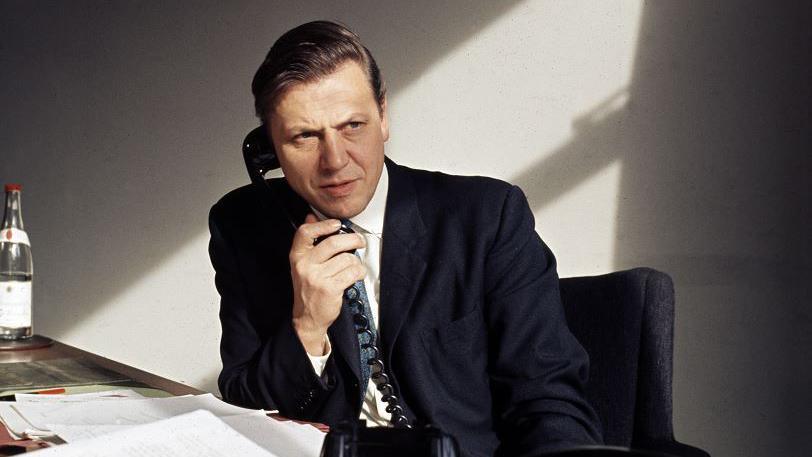
In 1965, Sir David was appointed controller of a new channel called BBC Two - before 1964 there had been only been one TV channel available!
Not only that, he was responsible for a huge moment in broadcasting history.
While controller, he pushed for colour television which was launched for the Wimbledon tennis championships in July 1967.
To show how much things have changed during his career, David Attenborough is the only person to have won a Bafta Award in black & white, colour, HD, 3D, 4K, and VR!
There's one animal he's not keen on
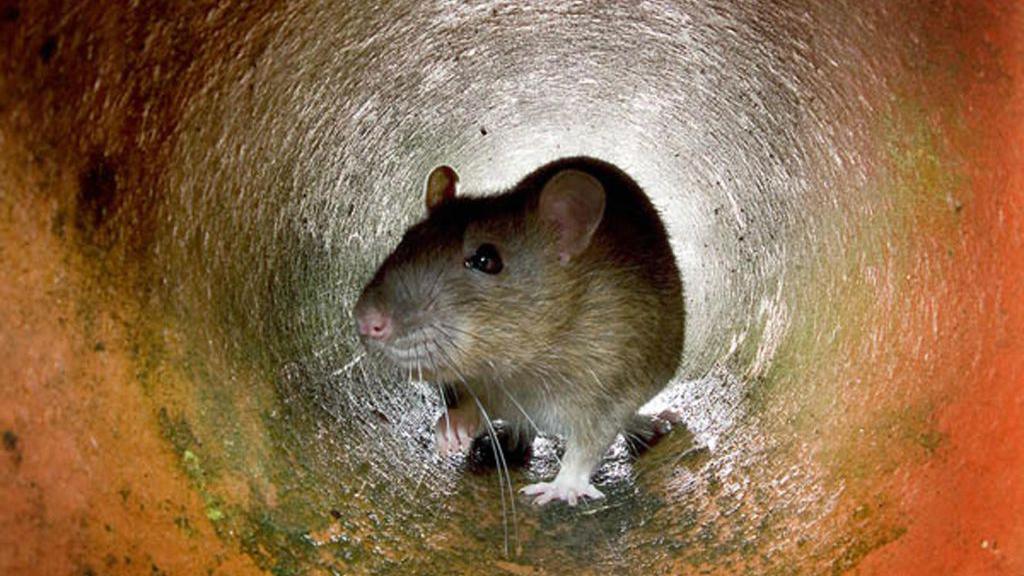
Sir David has handled all sorts of creepy crawlies and venomous creatures, but did you know, there's one animal he isn't very keen on.
Speaking to the BBC in 1979, he revealed that he isn't a fan of rats.
"I dislike rats very much," he said.
Sir David added that whilst filming in certain parts of the world he has had rats running all over his face when he's tried to sleep, which he described as being "really horrible."
He has been knighted twice
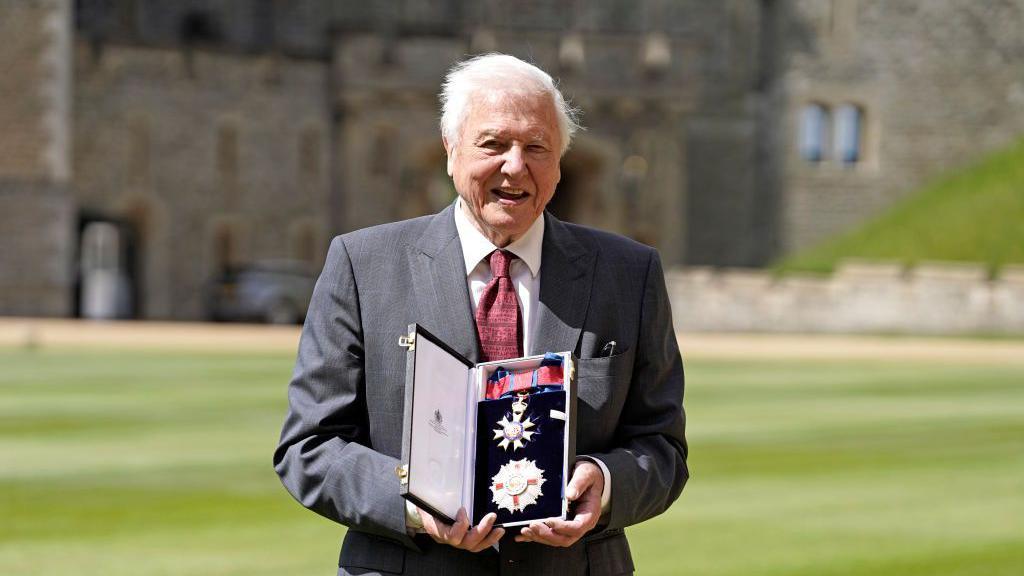
Sir David Attenborough has been knighted twice for his services to both television and conservation - a very rare occurrence.
He was first knighthood came in 1985, but has also picked up an even higher honour - being appointed a Knight Grand Cross of the Order of St Michael And St George.
The award was given for his work on highlighting the natural world in TV shows and his campaigning to protect it.
Sir David received his new title in June 2022, during a special ceremony carried out by King Charles, while he was still the Prince of Wales.
He has lots of creatures named after him..
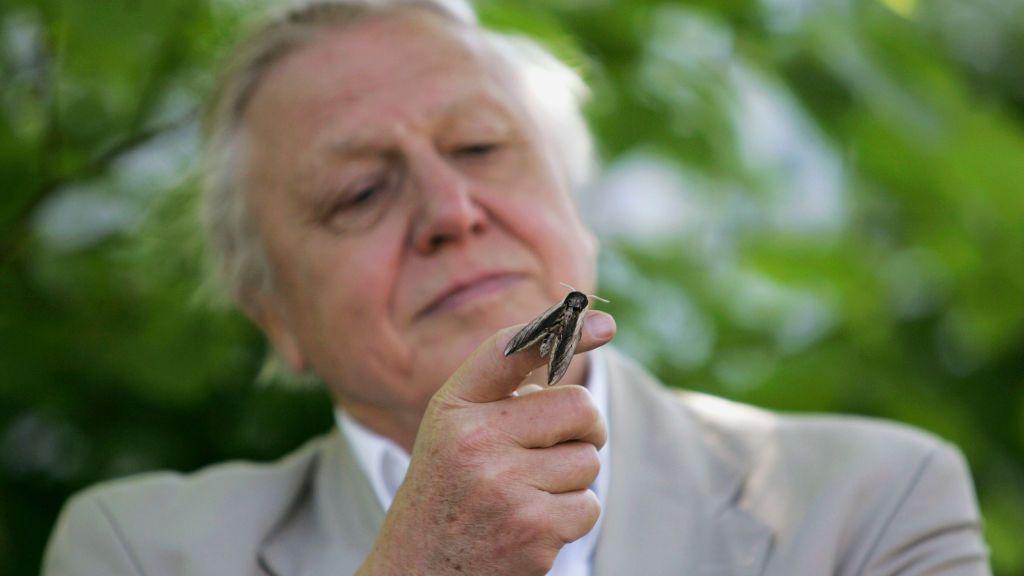
Broadcaster and naturalist Sir David Attenborough has presented programmes highlighting topics such as the natural world and climate change for many decades.
He's inspired many people to take an interest in animals and conservation, so much so, that a number of different animals and plants have been named in his honour.
They include "Euptychia attenboroughi" a rare type of butterfly, found in tropical forests in South America - and the plesiosaur "Attenborosaurus conybeare" which was an ancient marine reptile that lived in the sea millions of years ago, around the same time as some dinosaurs.
..and a big boat too!
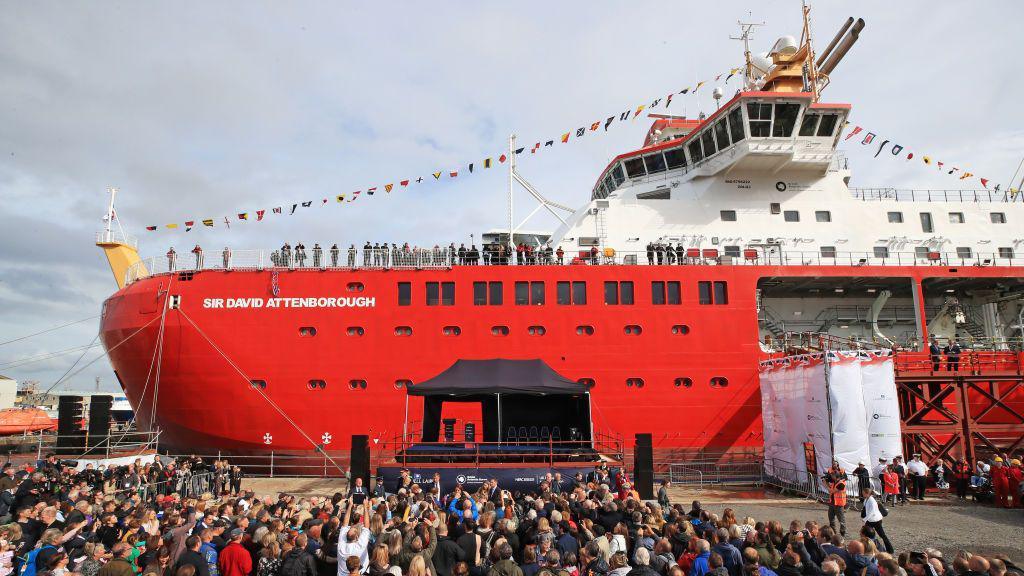
In 2018, a polar research ship became well known after the public voted to name it 'Boaty McBoatface'.
It's had been designed by the British Antarctic Survey, a group of scientists who specialise in polar exploration.
However, in the end it was decided that the ship would be named the RRS Sir David Attenborough.
It was to honour Sir David's 90th birthday, in recognition of his work explaining the natural world.
But organisers said they would also respect and recognise the public's original choice - the ship carries a submarine called 'Boaty McBoatface' instead.
He's made plenty of discoveries
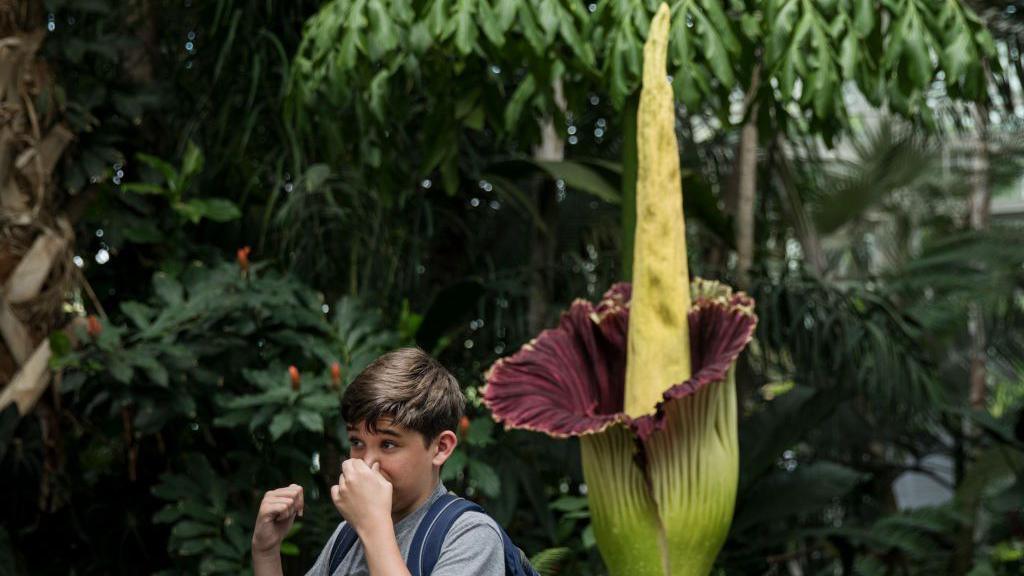
Sir David is also known for his work exploring the world of plants.
In 1994, while presenting a series called "The Private Life of Plants," he came across the world's largest flowering plant in the tropical forests of Sumatra.
Now, you might have heard of this rare plant - it's called the 'corpse flower' because its smell has been compared to rotting meat or dog poo and it flowers for only a day or two, once every few years.
But did you know, it was Sir David came up with the official name of the plant - Titan Arum!
During filming, he and his team also discovered for the first time that it was tiny sweat bees that mainly pollinate the flower.
He has been awarded both gold and green Blue Peter badges
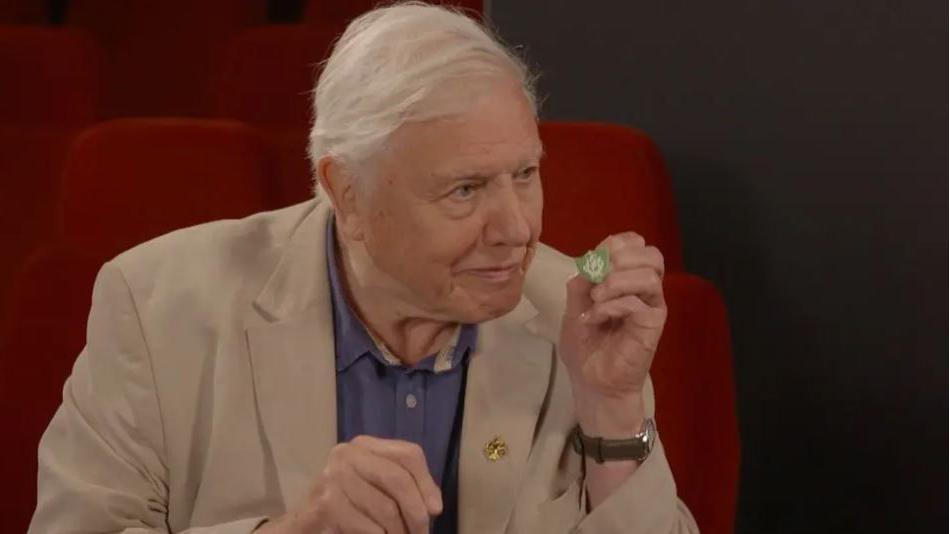
Sir David is the proud owner of not one, but two Blue Peter badges.
He was given the very rare and special Gold badge - the programme's highest accolade - which is only awarded to individuals for extraordinary achievements.
And in 2019, he also received the Green Blue Peter badge in recognition of his work inspiring young audiences to care for the environment and bringing the natural world to life.
He's still making nature films
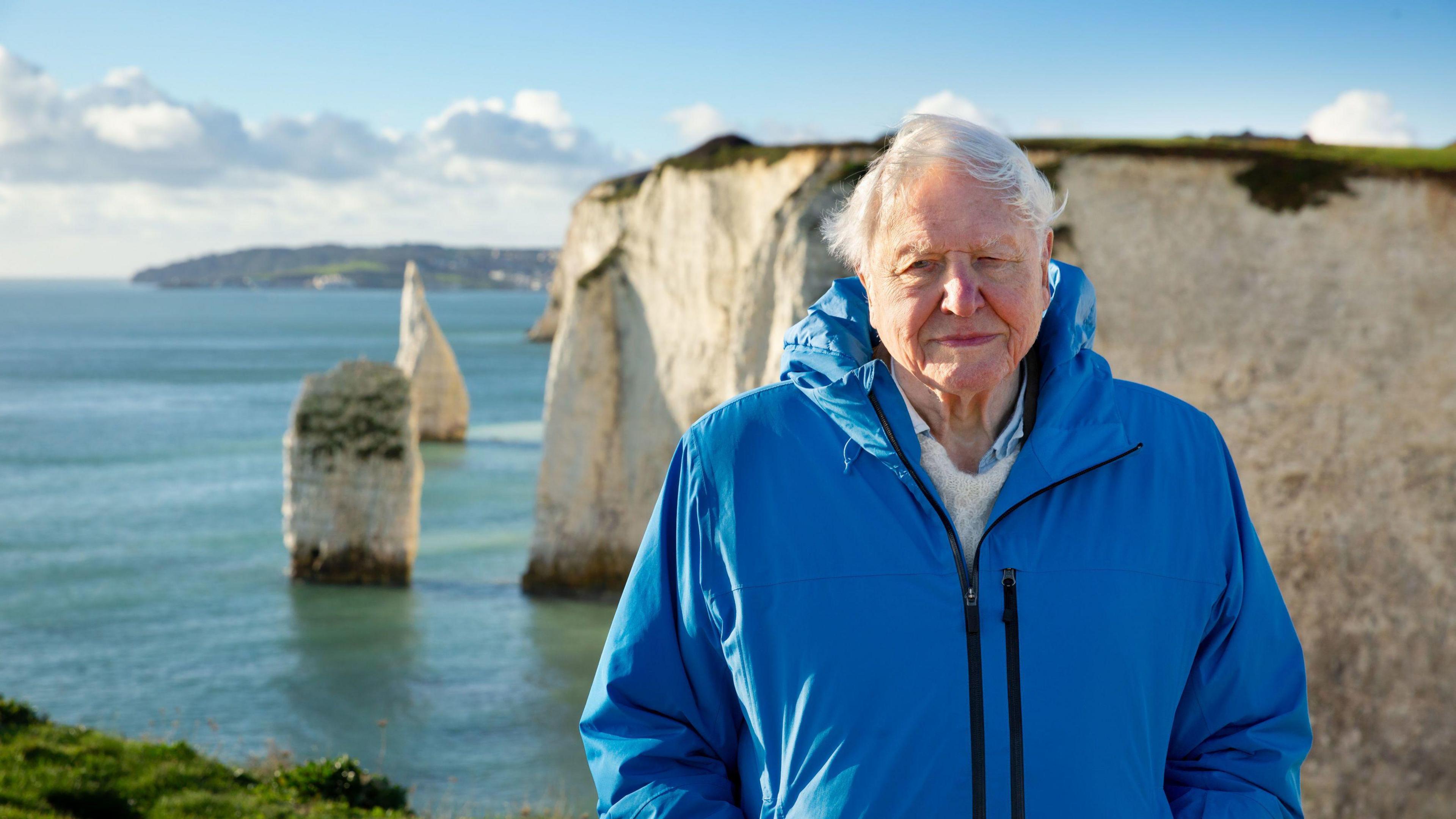
Despite being in his nineties, Sir David is still making programmes about the natural world.
In fact, he's launching a new film which he says is one of the most important of his career.
The film, called "Ocean", looks at how the state of the world's oceans and our understanding of how they function have changed in the course of Sir David's lifetime.
And he believes it could help play an important role in saving biodiversity and protecting the planet from climate change.
Sir David explained: "After almost 100 years on the planet, I now understand the most important place on Earth is not on land, but at sea."
